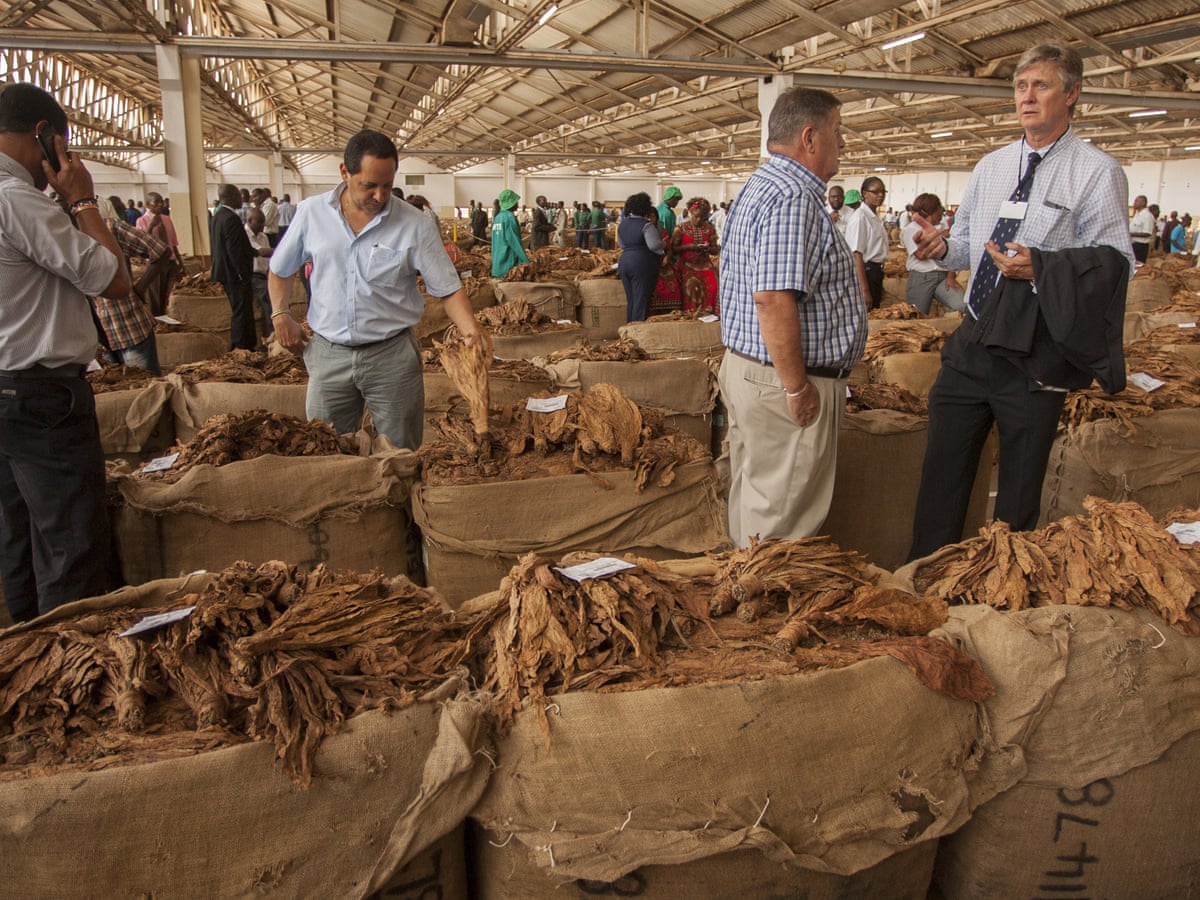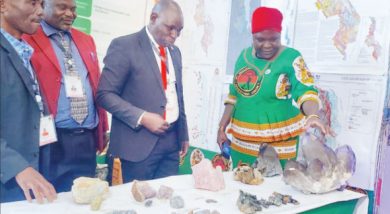Malawi concerned about soaring cement prices

Malawi has expressed concern over the cost of cement in the country. Cement is one of the critical ingredients in the construction industry.
Minister of Mining John Bande engaged Lafarge Cement Malawi on Friday on ways that could be employed to bring the price of the commodity down.
He observed that at $19 (about K6 500) a 50 kg bag, Malawi has the most expensive cement in the Southern Africa Development Community (Sadc) .
“There are reasons for that and this is why we are here to engage the producers of cement, like Lafarge. We have discussed one main component in cement production which is clinker. Clinker in Malawi is currently being imported, except for one or two producers that don’t.
“But since the clinker is consuming a lot of forex, up to $50 million (about K17.2 billion) a year, we thought we could engage cement producers and encourage them to produce the clinker locally, even gypsum (another important component in cement production) so that our cement production cost is lowered,” said Bande.
Lafarge Cement managing director, Bruno Hounkpati indicated that the cement company was already in the process of looking at ways they could bring the cement prices down.
“We want to get cement raw materials locally. We talked about gypsum, and clinker which if sourced locally will bring the production costs down and that would impact on the cement prices on the market at the end of the day,” he said.
However, Hounkpati noted that the key element is not the clinker cost but the transportation which is sometimes up to 130 percent the clinker cost.
“So we are trying to bring the freight cost down first in the interim, and that will bring the clinker cost down, at the end of the day we will bring the cement prices down on the market,” he noted.
Lafarge Cement last adjusted its cement prices in April this year, by 2.5 percent. The adjustment was attributed to the rising costs of production, largely driven by the cost of imported raw materials.






Malawi Government Must make use of the money it receives from Kayerekela Uranium mine and Other mining industries to
Produce the Imported Ingredients locally So that the price of cement goes down
We need to build a better Malawi with strong infrastructures that would last a life time,
but with the current trend in regards to cement prices, PEOPLE are using Clay soil / Mud to build houses as they can’t afford to by
the so expensive Lafarge Cement, TIYENI TIMANGE MALAWI WAMAKONO KOMANSO wOLIMBA, TATOPA KUMVA NGOZI Zanyumba zokugwa ndi Madzi nyengo ya Mvula, please MG Do something – ndalama zakumigodi ngati KAYEREKERA Zigwire ntchito yotukula Miyoyo ya Amalawi Osati kulowa MTHUMBA Mwa Atsogoleri Aboma
our government is to blame for being blind or insensitive to elements that accelerate infrastructure development. Cement. is not a luxury. In Mozambique 50Kg cement costs MK2600. In RSA IT costs MK2080. Government should reduce custom duty on imported cement.